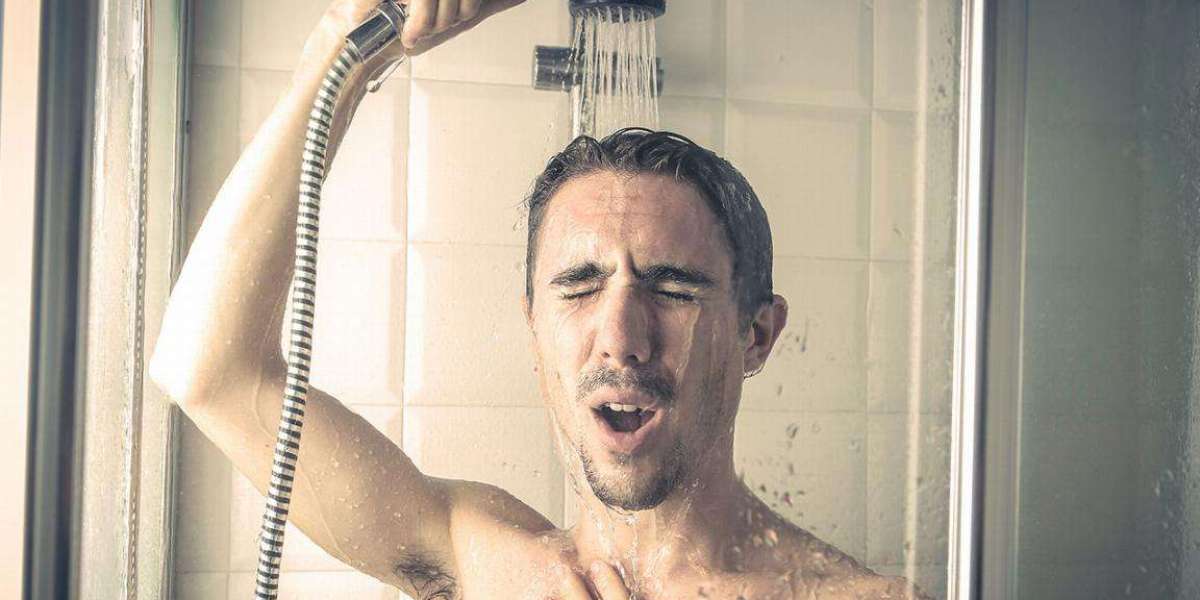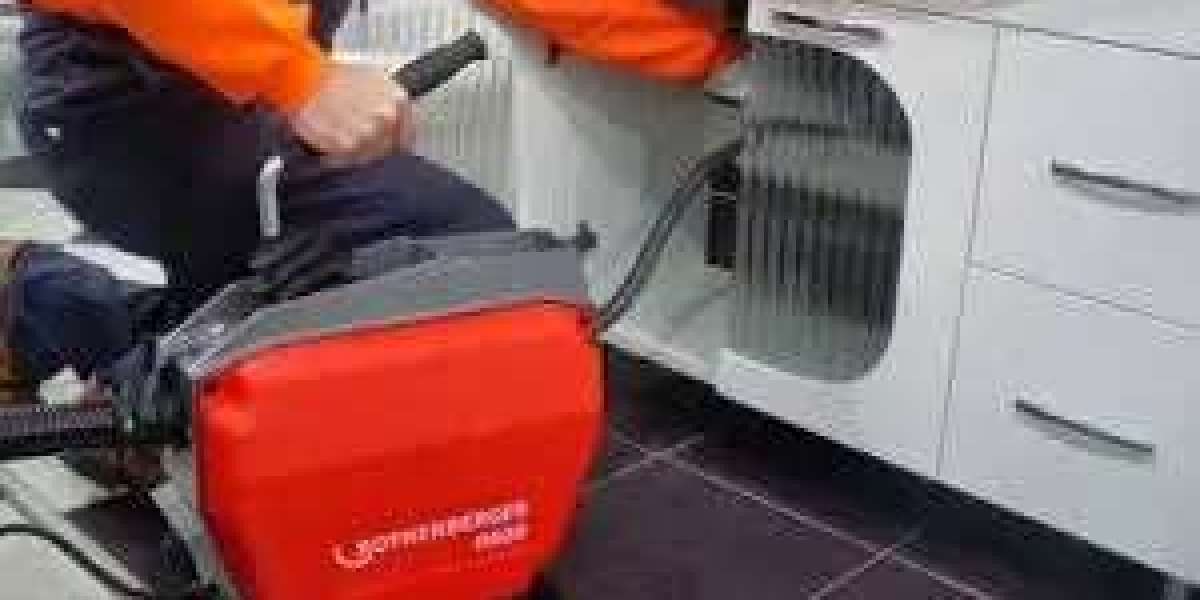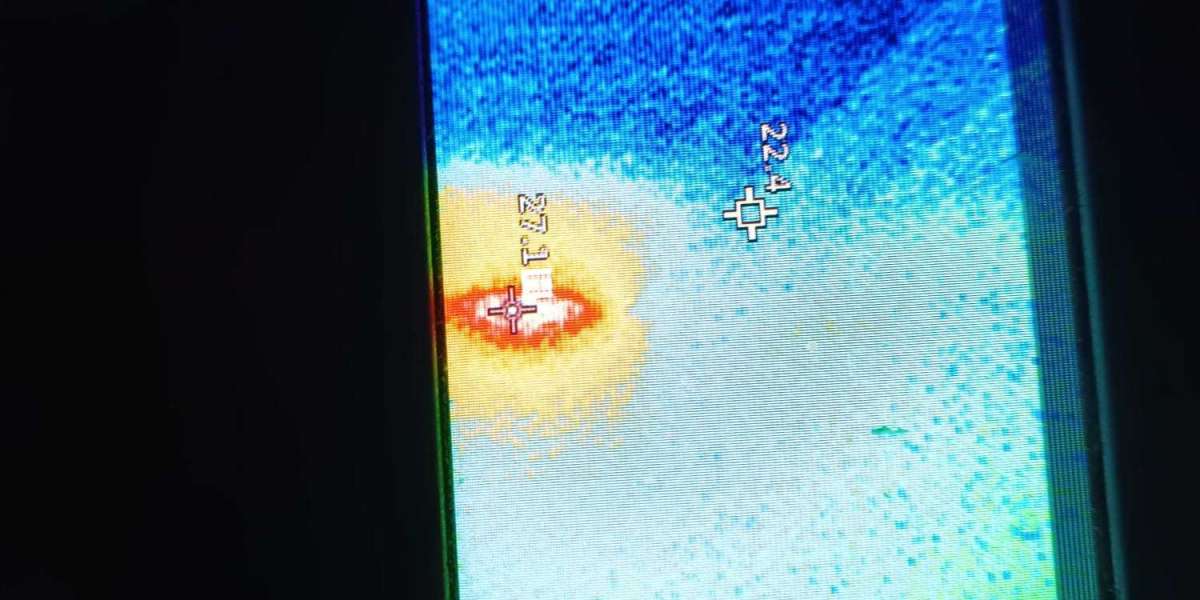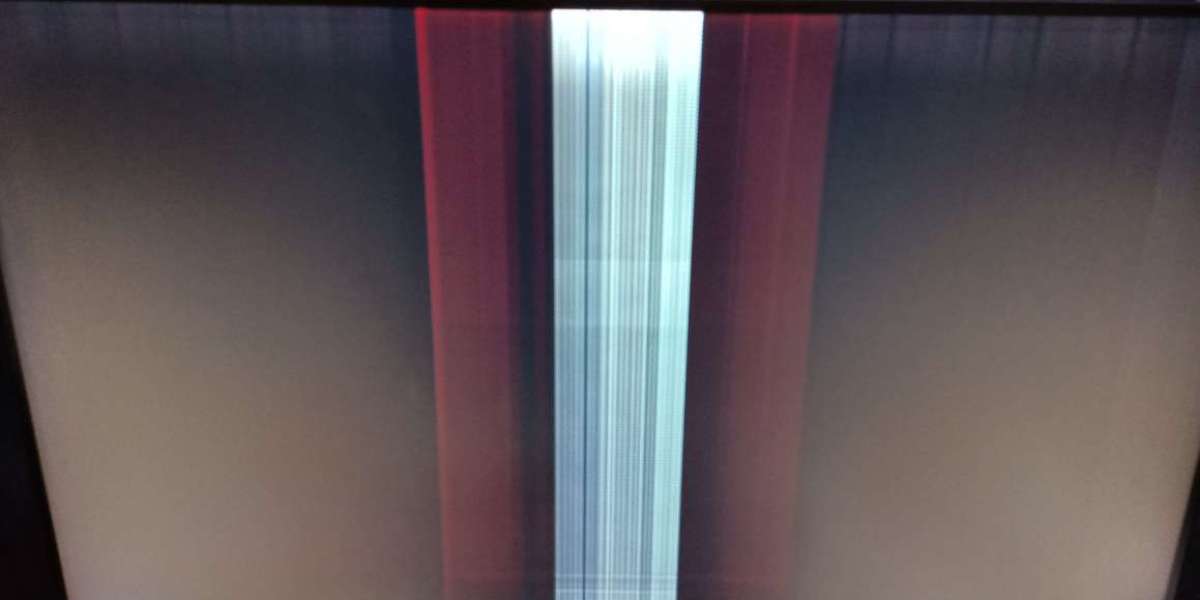Low hot water pressure can turn a simple shower into a frustrating experience and make daily tasks like washing dishes or doing laundry far more time-consuming. Many Australian homeowners face this issue, but understanding the cause is the first step toward fixing it. Here are the top causes of low hot water pressure in your home and what you can do about them.
1. Sediment Buildup in Your Hot Water System
Over time, minerals and sediment can collect inside your hot water system, especially if you live in an area with hard water. This buildup reduces the efficiency of your water heater and restricts water flow, leading to lower pressure.
How to fix it:
Have your hot water system professionally flushed once a year.
Consider installing a water filter to reduce mineral deposits.
If your system is old, replacing it may be more cost-effective than repeated cleaning.
2. A Partially Closed or Faulty Valve
Your hot water pressure could be affected if the main water valve, isolation valve, or tempering valve isn’t fully open or is starting to fail. A valve that is not fully opened will naturally restrict water flow to your taps and shower.
How to fix it:
Check that your main water valve and hot water system isolation valve are fully open.
If the problem continues, call a plumber to inspect and test your valves.
3. Leaking or Damaged Pipes
Even a small leak in your plumbing system can lead to a noticeable drop in hot water pressure. In older Australian homes, pipes may be corroded or damaged, reducing water flow even if there isn’t a visible leak.
How to fix it:
Look for damp patches, stains, or mould around walls and floors.
A licensed plumber can perform a pressure test to locate hidden leaks.
Replacing old or damaged pipes may be necessary to restore proper water flow.
4. Issues with Your Hot Water System
Your hot water unit itself may be the culprit. Whether you have an electric, gas, or solar system, problems such as faulty thermostats, worn-out components, or undersized systems can impact hot water pressure.
How to fix it:
Have your hot water system serviced regularly by a professional.
If your system is more than 10–15 years old, it may be time for an upgrade.
Make sure your hot water unit is properly sized to meet your household’s needs.
5. Shared Water Supply or Mains Pressure Problems
If you live in an apartment or townhouse, your property may share a water supply line with other homes. When multiple people are using water at the same time, pressure drops are common. Sometimes, local mains supply issues from your water provider can also cause temporary low pressure.
How to fix it:
Speak with neighbours to see if they’re experiencing the same issue.
Contact your local water authority to check for maintenance work or supply problems.
Installing a pressure-boosting pump can help if shared supply is an ongoing issue.
6. Clogged or Faulty Fixtures
Sometimes the problem isn’t your pipes or hot water system at all—it’s your taps or showerheads. Mineral deposits or debris can block the small openings in these fixtures, causing reduced flow.
How to fix it:
Remove and clean your showerheads or tap aerators to clear any buildup.
Replace old or low-quality fixtures with high-efficiency models designed for better flow.
7. Tempering Valve Malfunction
Australian hot water systems are fitted with tempering valves to control water temperature and prevent scalding. When these valves fail or become blocked with scale, they can restrict hot water flow.
How to fix it:
A licensed plumber can test and replace faulty tempering valves quickly.
Regular servicing can prevent sudden valve failure.
How to Prevent Low Hot Water Pressure
Prevention is always better than repair. Here are some tips to avoid low hot water pressure problems:
Schedule regular hot water system servicing – every 12 months is ideal.
Flush your system to remove sediment buildup.
Inspect your plumbing for leaks and corrosion.
Clean showerheads and taps every few months.
Upgrade old systems before they fail completely.
When to Call a Professional Plumber
If you’ve checked the basics—like ensuring valves are open and fixtures are clean—but still have low hot water pressure, it’s best to call a licensed plumber. A professional can quickly diagnose whether it’s a plumbing issue, a system fault, or something else entirely. They can also advise if your system is outdated and needs replacement.
Final Thoughts
Low hot water pressure isn’t just inconvenient; it can be a sign of a bigger problem within your plumbing system or hot water unit. By understanding the common causes—such as sediment buildup, faulty valves, damaged pipes, or failing systems—you can take quick action to fix the issue. With regular maintenance and timely repairs, you can ensure strong, consistent hot water pressure in your home.








